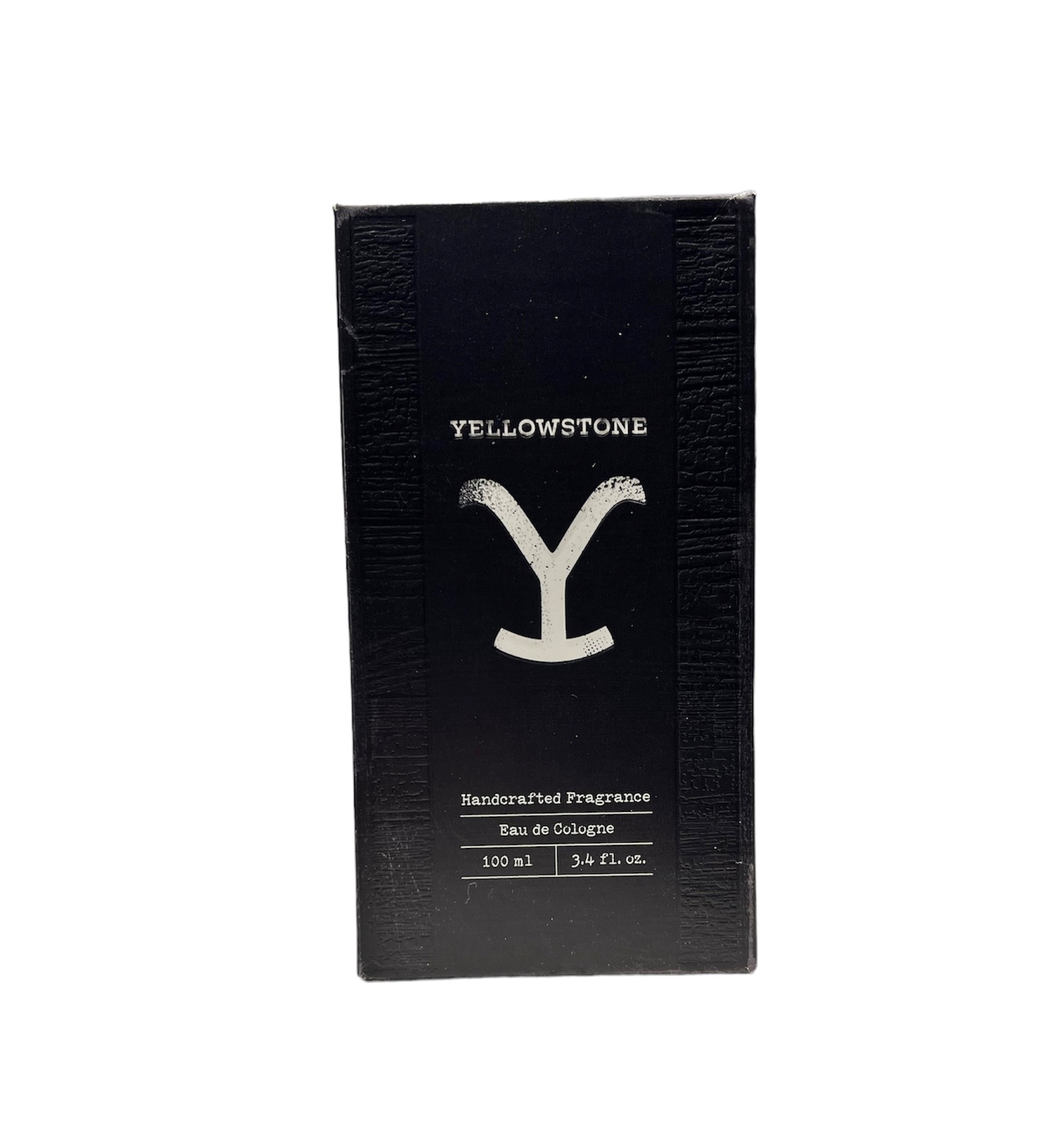Imagine this: a vast wilderness filled with steaming geysers, towering waterfalls, and roaming herds of bison. Sounds like something outta a postcard, right? Well, that’s Yellowstone for ya. Nestled in the heart of the western United States, this iconic national park is more than just a tourist hotspot—it’s a living, breathing testament to the raw beauty of nature. If you've ever wondered "where is Yellowstone," you're about to find out, and trust me, it's gonna blow your mind.
Yellowstone isn't just some random park on a map—it's the OG of national parks, established way back in 1872. That’s older than your grandpa's favorite vinyl collection. It covers an area so massive it spills across three states: Wyoming, Montana, and Idaho. Yeah, you heard that right—three states! So if you're thinking of visiting, you might wanna bring a good pair of hiking boots and a whole lot of curiosity.
Now, before we dive deep into the nitty-gritty of where exactly Yellowstone is, let's talk about why it matters. This isn't just any piece of land—it's a treasure trove of geological wonders, wildlife, and history. From the famous Old Faithful geyser to the colorful hot springs, every corner of Yellowstone has a story to tell. So buckle up, because we're about to take you on a wild ride through one of the most breathtaking places on Earth.
Read also:Villisca Axe Murders A Chilling Tale That Still Haunts
Understanding the Location: Where is Yellowstone?
Alright, let’s break it down. If you're looking at a map, Yellowstone National Park sits proudly in the northwestern corner of Wyoming. But here's the kicker—it doesn’t stop there. The park stretches its arms into neighboring states, Montana and Idaho, making it a true cross-state marvel. Covering a whopping 2.2 million acres, it's like a giant puzzle piece that fits perfectly into the Rocky Mountain region.
Geographically speaking, Yellowstone is centered around the Yellowstone Caldera, which is basically a massive volcanic crater. This isn’t just any ordinary crater—it's one of the largest active volcanic systems in the world. So yeah, if you're into volcanoes, this is your dream destination. But don’t worry, it’s been pretty chill for the past few thousand years, so you’re safe to visit without fearing a fiery apocalypse.
Why the Location Matters
Yellowstone's location is no accident. Its position in the western United States makes it a hotspot for all kinds of natural phenomena. The park’s elevation ranges from about 5,000 to over 11,000 feet, creating a diverse range of ecosystems. You’ve got everything from alpine meadows to dense forests, all within driving distance. It’s like nature’s version of a buffet, and who doesn’t love a good buffet?
But here’s the kicker: the park’s location also plays a huge role in its geothermal activity. All those geysers, hot springs, and mud pots? They’re powered by the heat from the Yellowstone supervolcano. So while you’re soaking in the beauty, remember that there’s a whole lot of geological magic happening beneath your feet.
Exploring Yellowstone's Geography
Let’s zoom in a little closer. Yellowstone’s geography is nothing short of extraordinary. Picture this: towering mountains, crystal-clear lakes, and sprawling valleys. The park’s most famous feature, the Yellowstone River, carves its way through the landscape, creating stunning canyons and waterfalls along the way.
One of the park’s most iconic landmarks is the Grand Prismatic Spring, which looks like something out of a sci-fi movie. Its vibrant colors are caused by heat-loving bacteria that thrive in the scorching waters. And let’s not forget about the Hayden Valley, where you’ll likely spot herds of bison and elk roaming freely. It’s like stepping back in time to when the wild west was truly wild.
Read also:Selling Sunset Season 8 New Girl Meet The Hottest Addition To The Cast
The Yellowstone Caldera: Nature's Hidden Powerhouse
At the heart of Yellowstone lies the Yellowstone Caldera, a massive volcanic crater that’s responsible for all the park’s geothermal activity. This supervolcano has erupted three times in the past 2.1 million years, and each time, it reshaped the landscape. While it’s unlikely to erupt anytime soon, scientists keep a close eye on it, just in case.
What’s fascinating is how the caldera influences the park’s unique features. The heat from the volcano powers everything from the famous Old Faithful geyser to the bubbling mud pots. So next time you’re marveling at a steaming hot spring, remember that it’s all thanks to the power of the Earth’s core.
Yellowstone's Flora and Fauna
Okay, let’s talk about the real stars of the show: the plants and animals that call Yellowstone home. The park is a haven for wildlife enthusiasts, with species ranging from grizzly bears to wolves, and even the elusive wolverine. And let’s not forget about the bison—those big, shaggy creatures are practically the park’s mascot.
But it’s not just the animals that make Yellowstone special. The park’s diverse ecosystems support an incredible variety of plant life, from wildflowers that bloom in the spring to towering pine trees that provide shelter for countless critters. It’s like a giant living laboratory, where nature’s experiments are on full display.
Wildlife Watching Tips
- Bring binoculars—trust me, they’ll come in handy when spotting wildlife from a distance.
- Stay on designated trails to avoid disturbing the animals and their habitats.
- Keep a safe distance from wildlife, especially bears and bison. They might look cute, but they’re still wild animals.
- Visit during dawn or dusk for the best chances of spotting animals in their natural habitats.
Yellowstone's Cultural Significance
Yellowstone isn’t just a natural wonder—it’s also steeped in history and culture. For thousands of years, Native American tribes have called this land home, using its resources for hunting, fishing, and spiritual practices. Today, the park works closely with these tribes to preserve their heritage and share their stories with visitors.
When Yellowstone was designated as the world’s first national park in 1872, it set a precedent for conservation efforts around the globe. It’s a reminder that preserving nature isn’t just about protecting animals and plants—it’s about safeguarding our shared cultural heritage.
Native American Connections
More than a dozen tribes have historical ties to Yellowstone, including the Shoshone, Crow, and Blackfeet. Their stories and traditions are woven into the fabric of the park, and efforts are ongoing to ensure their voices are heard. If you visit, take the time to learn about the park’s rich cultural history—it’ll give you a whole new appreciation for the land and its people.
How to Get to Yellowstone
So, you’re ready to plan your trip, huh? Great choice! Getting to Yellowstone is easier than you might think. The park has several entrances, each offering a unique way to experience its beauty. The most popular entry point is the South Entrance, located near Jackson Hole, Wyoming. But if you’re coming from Montana, the North Entrance in Gardiner is a great option too.
Once you’re inside the park, getting around is a breeze. Yellowstone has a well-maintained network of roads that connect its major attractions, so you can easily explore on your own. Just be prepared for traffic during peak season—those bison don’t exactly follow road rules!
Travel Tips
- Plan your visit during the shoulder seasons (spring or fall) to avoid crowds.
- Book accommodations early, as they fill up fast, especially during summer.
- Bring layers of clothing, as the weather can change rapidly in the mountains.
- Don’t forget your camera—you’re gonna want to capture all the stunning scenery.
Things to Do in Yellowstone
Now that you know where Yellowstone is, let’s talk about what to do when you get there. The possibilities are endless! You can hike to breathtaking viewpoints, soak in natural hot springs, or even take a dip in the Firehole River. And of course, no visit to Yellowstone is complete without seeing Old Faithful erupt—just make sure to check the schedule so you don’t miss it.
For the more adventurous types, there’s always backcountry camping, wildlife photography, or even snowshoeing in the winter months. Whatever your interests, Yellowstone has something for everyone.
Top Attractions
- Old Faithful Geyser: The park’s most famous attraction, known for its regular eruptions.
- Grand Prismatic Spring: A rainbow-colored hot spring that looks like something out of a dream.
- Yellowstone Lake: The largest high-elevation lake in North America, perfect for boating and fishing.
- Hayden Valley: A great spot for wildlife watching, especially if you want to see bison and elk.
Yellowstone's Conservation Efforts
As one of the world’s first national parks, Yellowstone has a responsibility to protect its incredible resources. The park’s conservation efforts focus on everything from preserving wildlife habitats to monitoring geothermal activity. It’s a delicate balance, but one that’s crucial for ensuring the park’s future.
Visitors play a key role in these efforts too. By following park rules and practicing Leave No Trace principles, you can help preserve Yellowstone for generations to come. It’s not just about enjoying the park—it’s about respecting it.
How You Can Help
- Dispose of trash properly and avoid littering.
- Stay on designated trails to minimize impact on fragile ecosystems.
- Support local conservation organizations that work to protect the park.
- Spread awareness about the importance of national parks and their role in conservation.
Final Thoughts: Why Yellowstone Matters
So there you have it—Yellowstone in a nutshell. From its stunning landscapes to its rich cultural history, this park truly has it all. But more than just a tourist destination, Yellowstone is a reminder of the importance of preserving our natural world. It’s a place where you can disconnect from the hustle and bustle of daily life and reconnect with the beauty of nature.
As you plan your visit, remember to approach the park with respect and curiosity. Take the time to learn about its history, marvel at its geological wonders, and appreciate the incredible diversity of life it supports. And when you leave, share your experiences with others—because the more people who care about places like Yellowstone, the better chance we have of protecting them for the future.
So go ahead, grab your hiking boots and camera, and get ready for the adventure of a lifetime. Where is Yellowstone? It’s waiting for you to discover it.
Table of Contents
- Understanding the Location: Where is Yellowstone?
- Exploring Yellowstone's Geography
- Yellowstone's Flora and Fauna
- Yellowstone's Cultural Significance
- How to Get to Yellowstone
- Things to Do in Yellowstone
- Yellowstone's Conservation Efforts
- The Yellowstone Caldera: Nature's Hidden Powerhouse
- Wildlife Watching Tips
- Travel Tips


